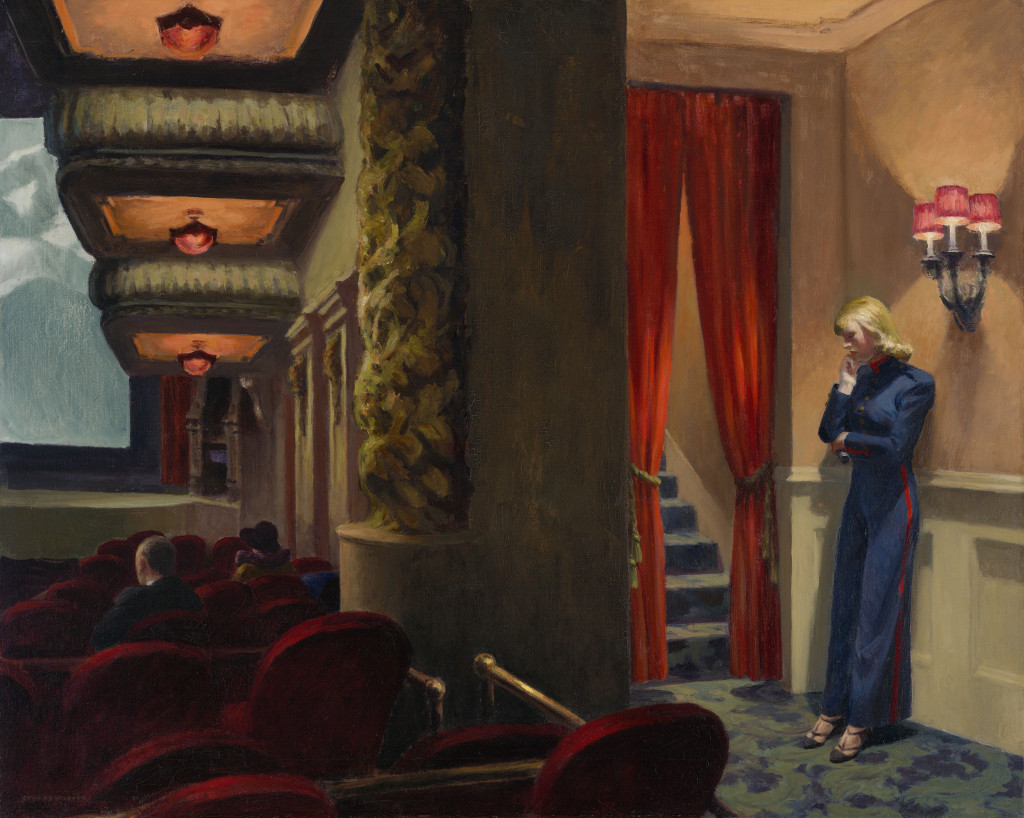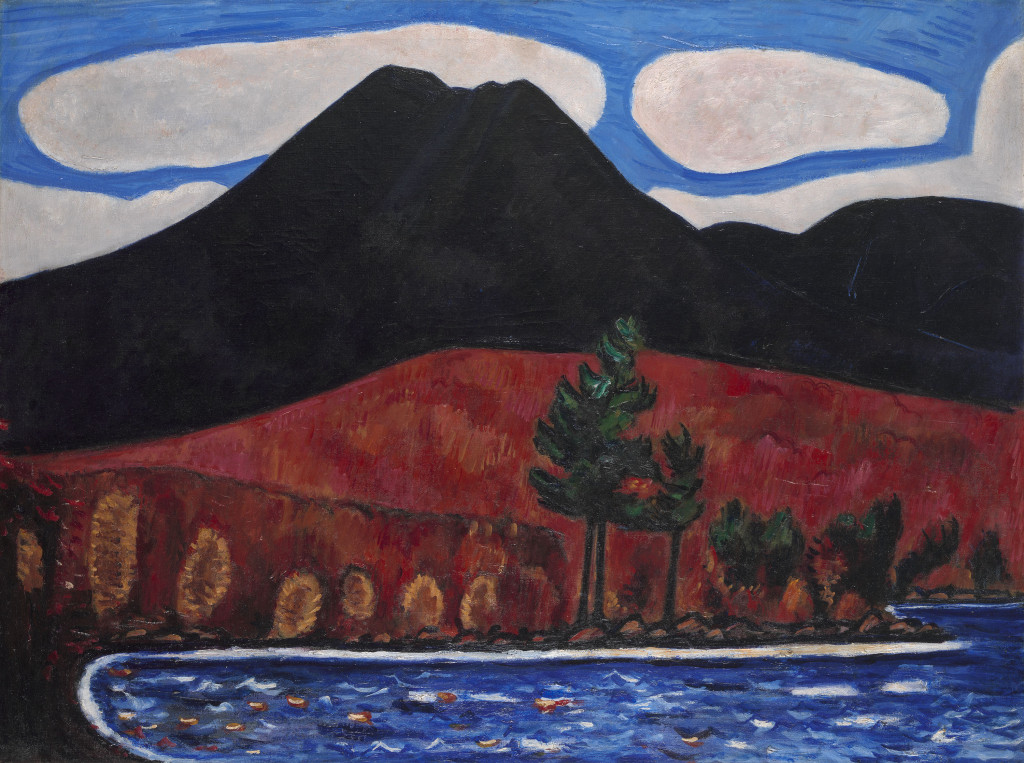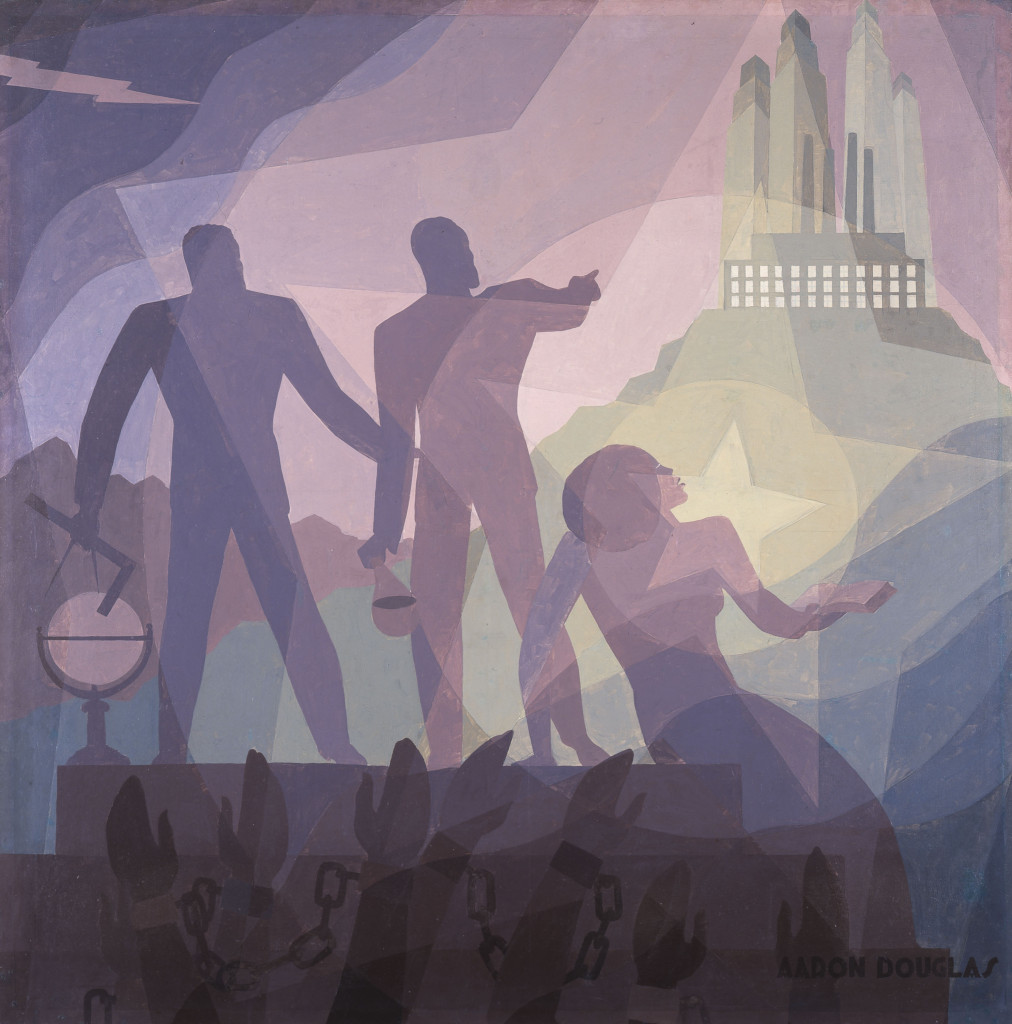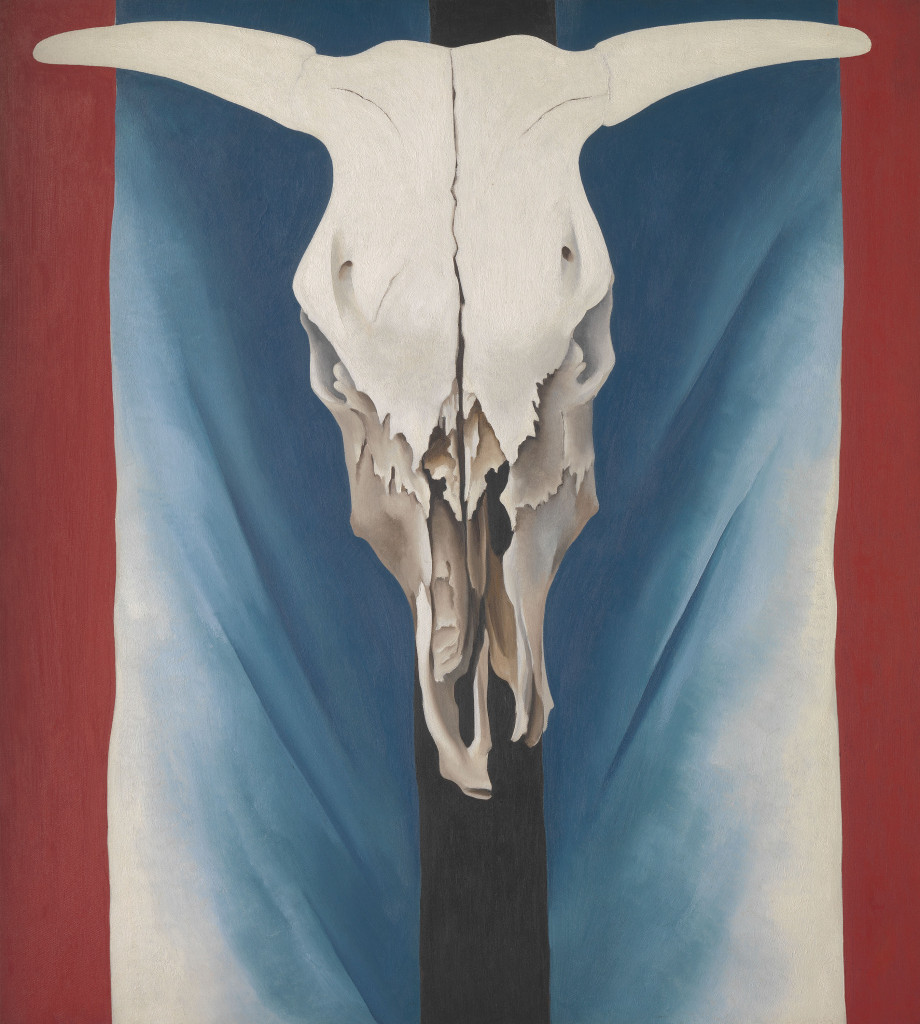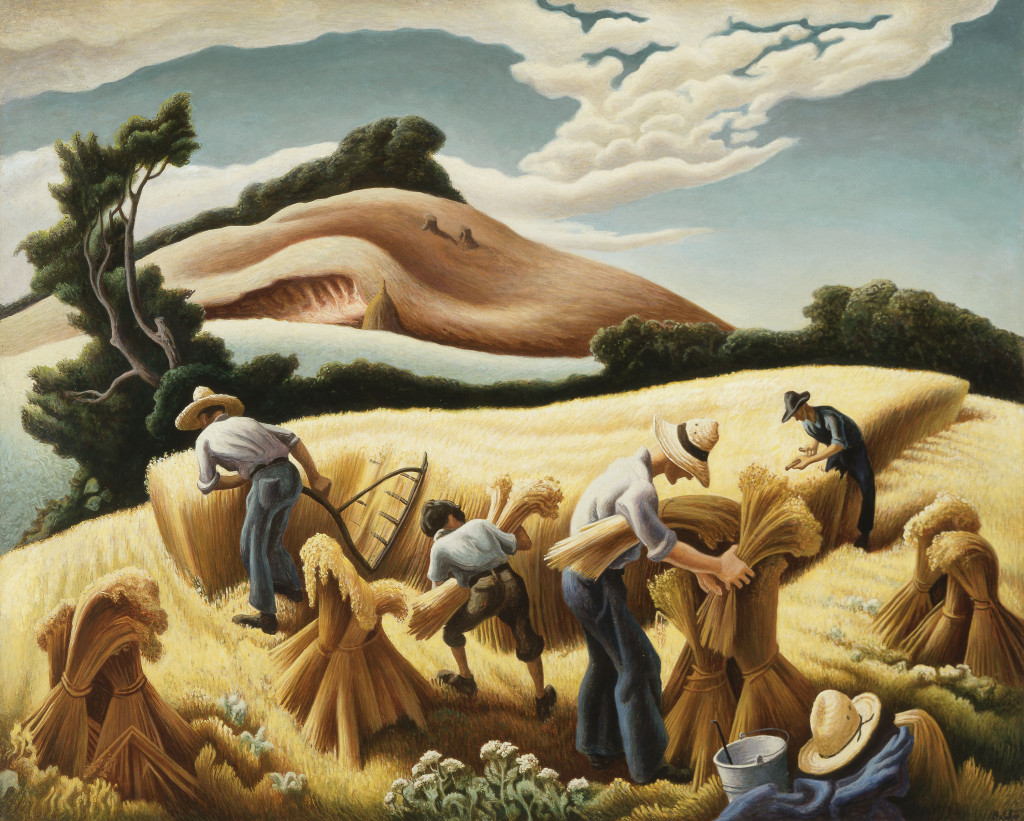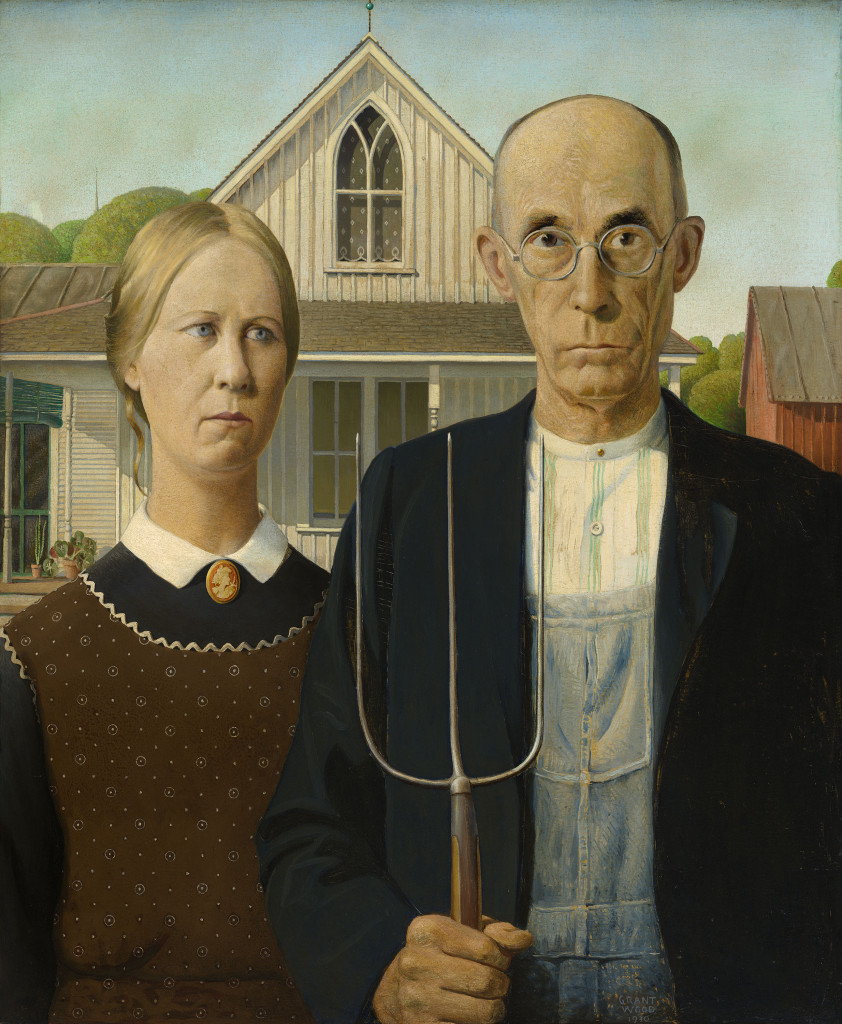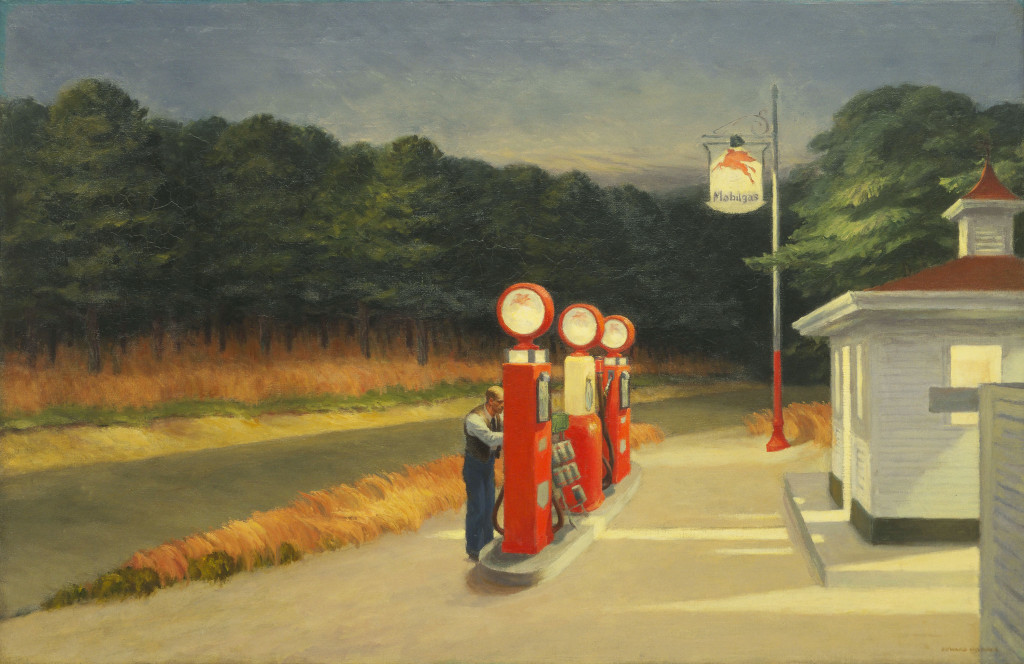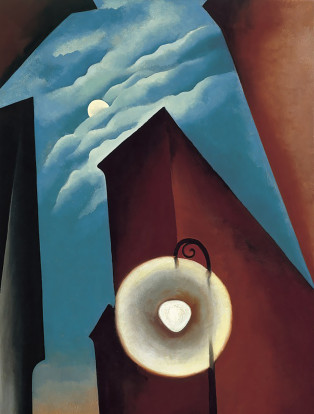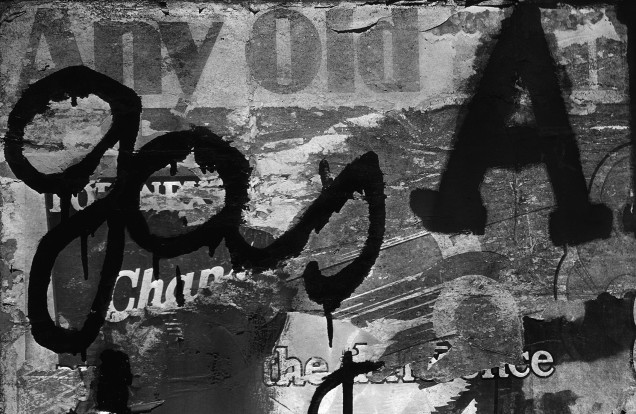Paintings of the 1930s
At the Art Institute of Chicago

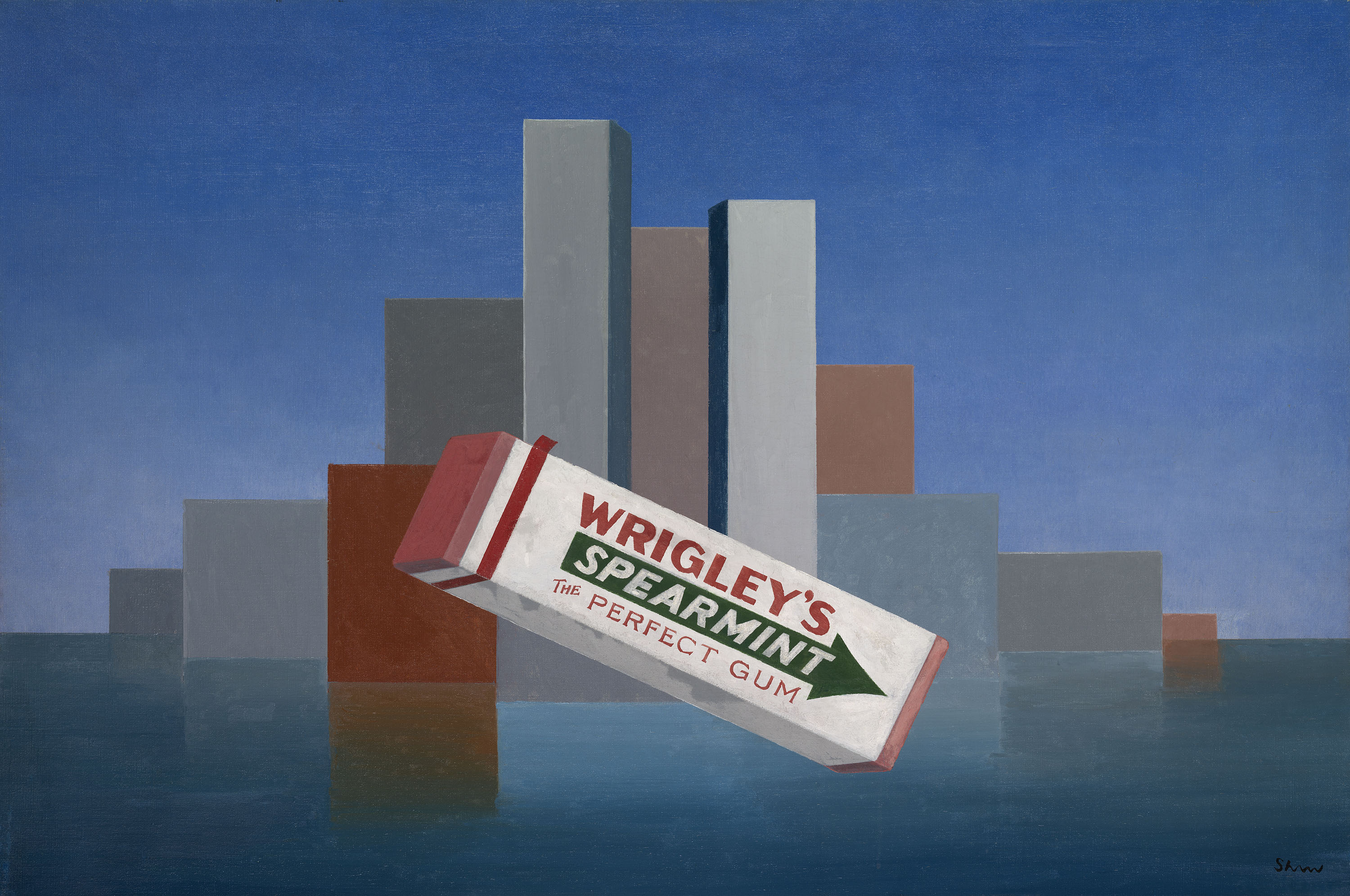
In the 1930s, America was a different place. Having been through a horrific World War, the U.S. emerged a world power and then retreated into isolation from world affairs. The 1920s were a period of expansion, experimentation—the Jazz Age. Immigrants continued to arrive by the millions. Then in 1929 the stock market crashed and the economy spun out of control. The Great Depression began, and new approaches to government and the social order were considered. The flow of immigrants was cut off. For most, the American Dream was dead.
A recent exhibit at the Art Institute of Chicago, “America After the Fall: Painting of the 1930s,” took a look at how American art adapted and evolved during this era. Included in the show were numerous iconic works by the greats of the time: Edward Hopper, Grant Wood, Marsden Hartley, Georgia O’Keeffe and Paul Cadmus. Here are some highlights.
